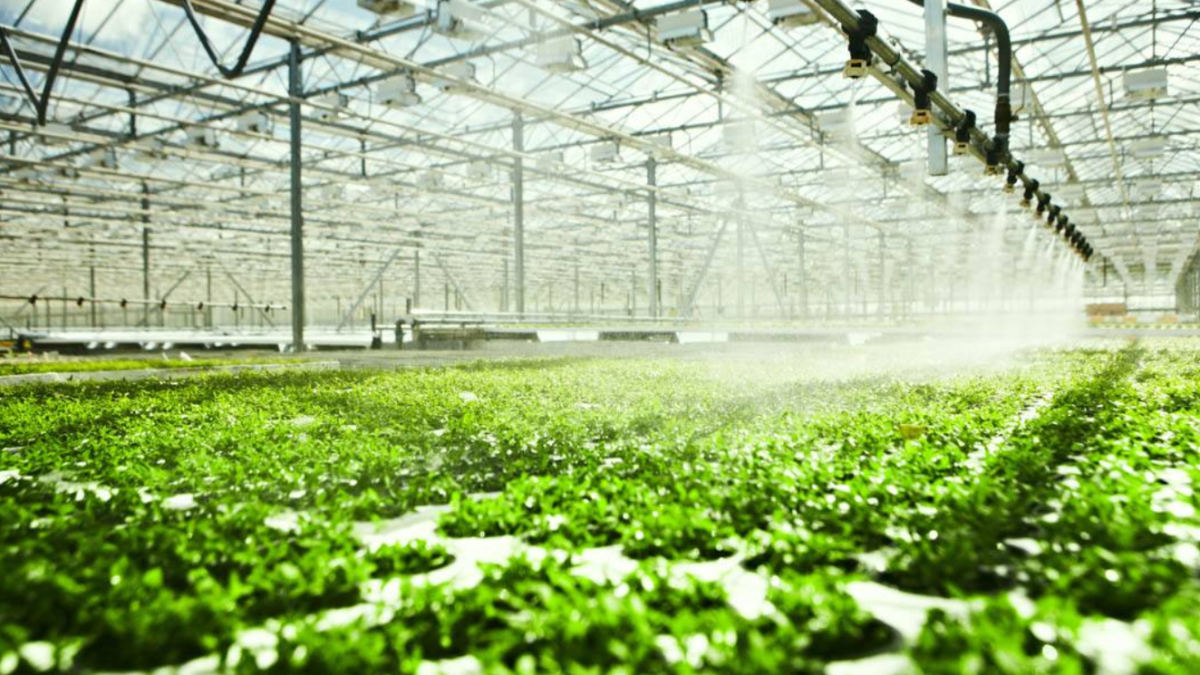Energy’s Quadruple Play: Introducing Of The CCHPC System

Energy’s Quadruple Play: Introducing Of The CCHPC System
In the realm of sustainable energy solutions, the Combined Cooling, Heating, Power, and Carbon Capture (CCHPC) system stands out as a beacon of innovation. This advanced technology not only tackles the challenge of engine exhaust treatment but also harnesses the potential of waste energy and emissions for a multitude of beneficial uses. Let’s delve into the workings of this remarkable system and explore a real-world example that showcases its effectiveness.
The Fourfold Efficiency of CCHPC
Imagine a system that transforms the exhaust from an engine into a resource rather than a burden. The CCHPC system does just that, offering four key functionalities:
- Heating: The system captures the heat from engine exhaust, which would otherwise dissipate into the atmosphere, and repurposes it for heating buildings or providing hot water. This not only conserves energy but also reduces the need for external heating sources.
- Cooling: During warmer months, the recovered heat is channeled into an absorption chiller, which produces cool air for air conditioning. This process is more energy-efficient than traditional electric chillers, as it utilizes waste heat instead of consuming additional electricity.
- Power Generation: The kinetic energy in the exhaust gas is converted into electricity through a turbine or an Organic Rankine Cycle (ORC) generator. This on-site power generation can meet the facility’s electricity needs, with any surplus potentially fed back into the grid.
- Carbon Capture: The system also includes a mechanism to capture carbon dioxide (CO2) from the exhaust. This captured CO2 can be stored or, more innovatively, used as a carbon feedstock in greenhouses to enhance plant growth.
The Greenhouse Revolution
Consider a large-scale greenhouse operation that relies on artificial heating and cooling systems, as well as electricity for lighting and machinery. By integrating a CCHPC system with a nearby power plant, the greenhouse can achieve remarkable sustainability gains.
The power plant’s exhaust is channeled into the CCHPC system, where the heat is used to maintain optimal temperatures within the greenhouse, even during the coldest months. The same heat powers an absorption chiller to cool the greenhouse in summer. The electricity generated by the system powers the greenhouse’s operations, reducing reliance on the grid.
Moreover, the captured CO2 is pumped into the greenhouse, where it acts as a natural fertilizer, boosting plant growth. This closed-loop system not only reduces the greenhouse’s carbon footprint but also enhances crop yields, demonstrating the economic benefits of the CCHPC system.
Conclusion
The CCHPC system represents a significant leap forward in energy management and environmental stewardship. By turning waste into wealth, it offers a blueprint for a more sustainable future. Whether in agriculture, industry, or urban infrastructure, the potential of the CCHPC system is vast, and its real-world applications are already making a tangible difference. As we continue to face the challenges of energy security and climate change, systems like CCHPC will undoubtedly play a crucial role in our journey towards a greener world.
